7 Ways To Ruin Your Apple Pie Filling
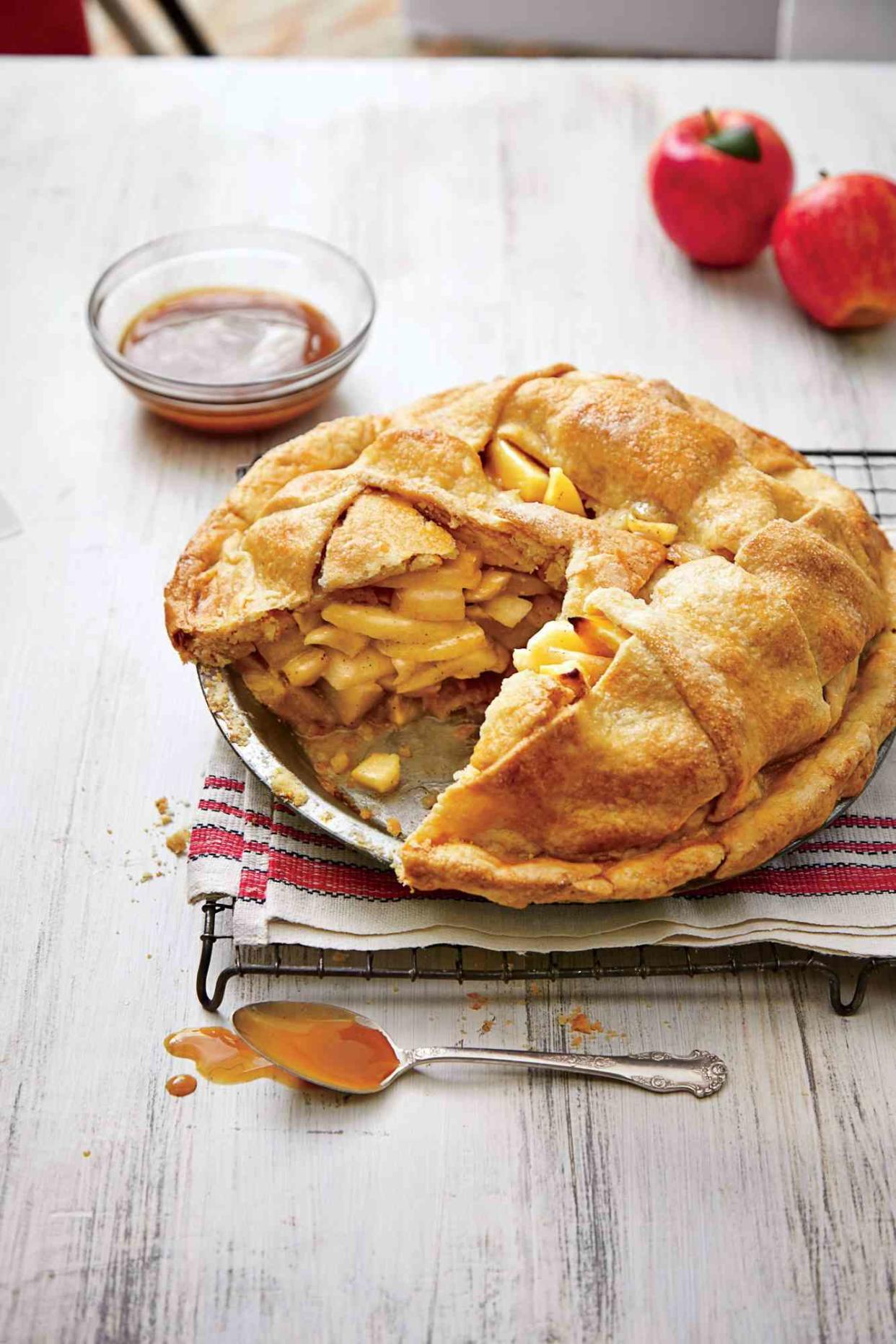
Iain Bagwell
TABLE OF CONTENTS
On This Page
Choose the Wrong Apple Variety
Use Overripe Fruit
Carelessly Cut Your Apples
Throw Raw Apples Right into the Pie Crust
Overdo the Additions
Skip the Thickener
Cut into Your Pie Too Soon
When it comes to apple pies, we always seem to be worrying ourselves silly over the crust. While we're all over here busting our backs trying to achieve the buttery, flaky, golden-brown dome we remember from grandma's confectioner's oven, we often forget to pay equal attention to an equally finicky piece of the pie: its filling. From the initial choice of apple, all the way to cutting into the baked pie—plenty of apple pie filling flubs exist along the road to perfection, making it pretty easy to ruin even the flakiest of pie crusts. Here are seven mistakes to avoid so you don't ruin your apple pie filling.
Choose the Wrong Apple Variety
The science of baking goes all the way down to the cellular level; due to a fruit's biological makeup, sweeter apples break down easier than more acidic apples. To avoid filling that looks like applesauce and tastes like grainy sludge, avoid particularly sweet apples, like Red Delicious. We recommend using tart Granny Smith apples because they will hold their shape best in the baking process. Along with the Granny Smiths, mix in a few slices of aromatic Golden Delicious for a touch of sweetness, and you've got the core of a perfect apple pie filling. Avoid apple varieties like Fuji; the excess water will result in a runny filling.
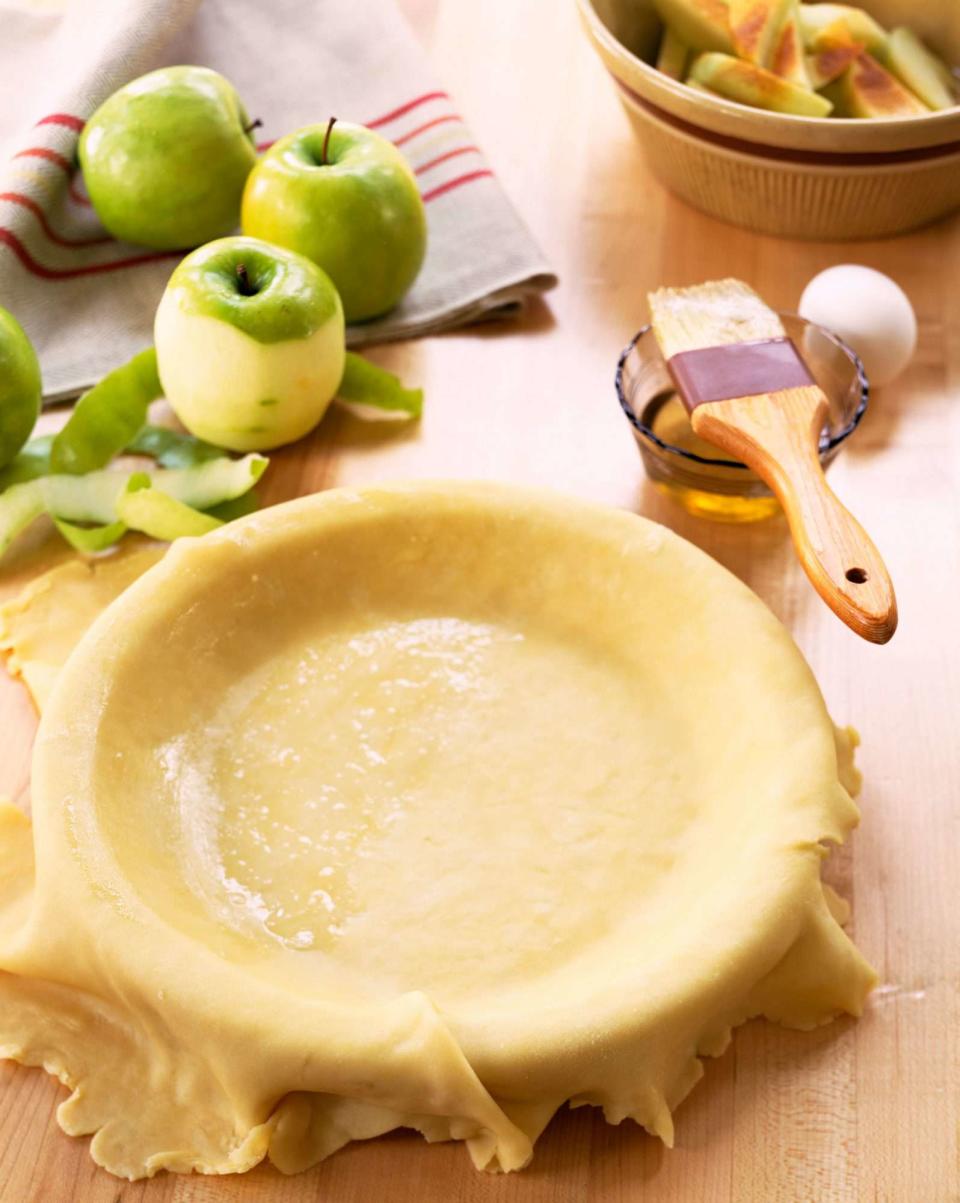
Lisa Hubbard/Getty Images
Use Overripe Fruit
Even if you choose the perfect apple variety, if the fruit is overripe, your apple pie filling will turn to mush. The perfect apple pie filling is not too sweet. It has just the right amount of tartness to offset the added richness of brown sugar and cinnamon. Overripe apples lack the tartness necessary to maintain the filling's crisp taste.
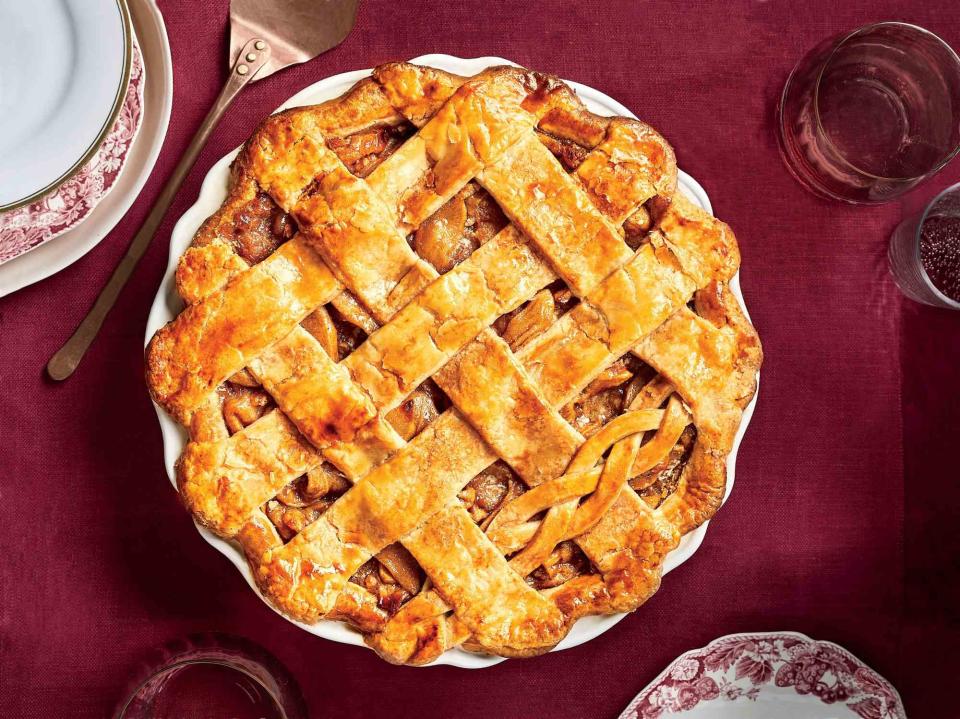
Greg DuPree; Prop Styling: Kathleen Varner; Food Styling: Marian Cooper Cairns
Carelessly Cut Your Apples
First of all, you gotta peel those apples. Not peeling the apples in your pie filling is right up there next to sitting in grandpa's easy chair: it should never be done. Stringy peels prevent the apple slices from combining together into the thick, smooth consistency that you want and need.
Secondly, make sure you cut your apples into thin wedges. When layered in a piecrust, thickly cut apples result in more air pockets, and more places for trapped steam to collect. When the steam escapes the pockets, you end up with the dreaded pie gap between crust and filling.
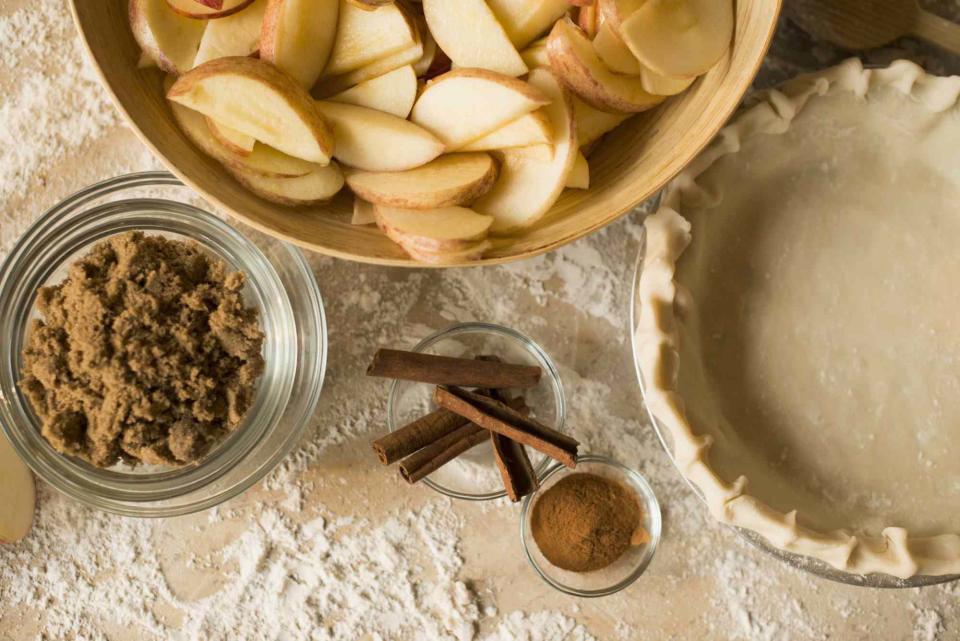
Mark Edward Atkinson/Tracey Lee/Getty Images
Throw Raw Apples Right into the Pie Crust
Some experts will tell you to par-cook apples before filling a pie by pouring boiling water over cut apples and soaking them for 10 minutes. Others say to roast them to reduce water content. Still, others say to let cut apples sit for 30-40 minutes to drain natural juices. But all seasoned pie bakers agree on doing something before throwing apples into the crust.
The most common complaint in the world of apple-pie-filling is that the apple slices turn to mush—treating them before baking helps apples keep their crunch while still cooking all the way through.
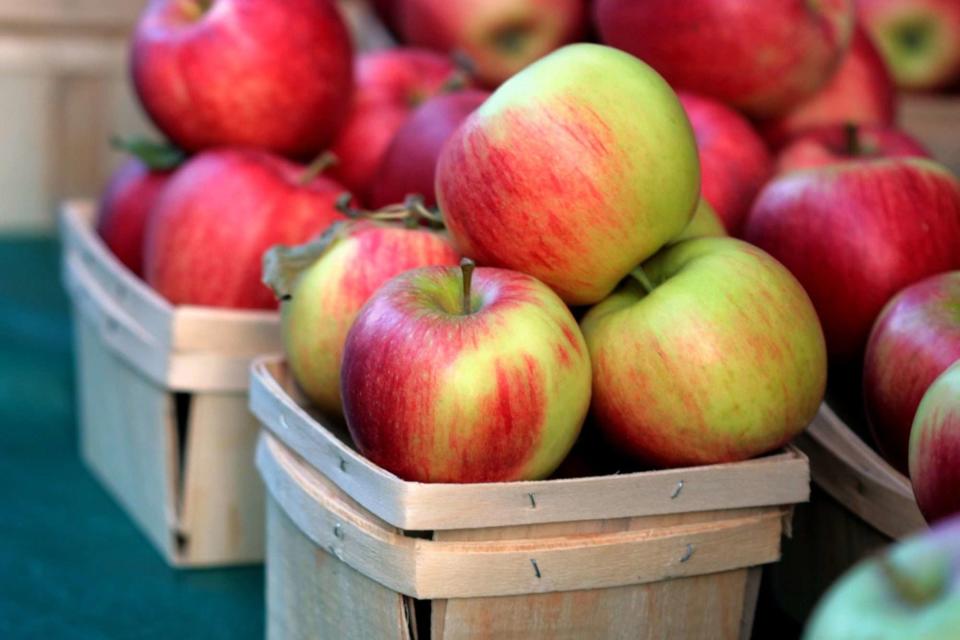
Getty Images
Overdo the Additions
Cinnamon, nutmeg, and sugar are as important to a pie as anything. However, we don't call it "cinnamon and nutmeg sugar pie," we call it "apple pie." When you first bite into the pie, you want to taste fresh apples, not the strong kick of cinnamon or the sickeningly sweet taste of sugar. Stick to ? to ? tsp of spices, and try to stay under 1 - 1? cups of sugar (use both granulated sugar and light brown sugar for proper consistency).
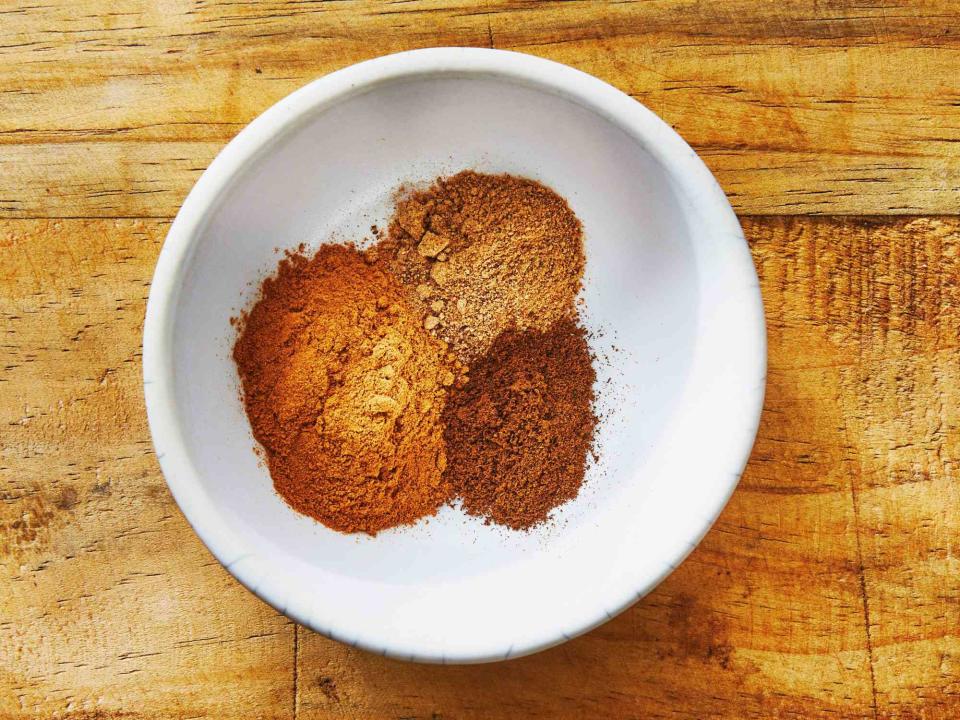
Photography: Caitlin Bensel, Food Styling: Torie Cox / Southern Living
Skip the Thickener
Adding a few tablespoons of thickener is absolutely necessary to keep your apple pie filling from turning into apple soup. Flour is most commonly used, although it does leave a slight cloud over the filling. Alternatives include cornstarch, quick-cooking tapioca, and apple jelly.
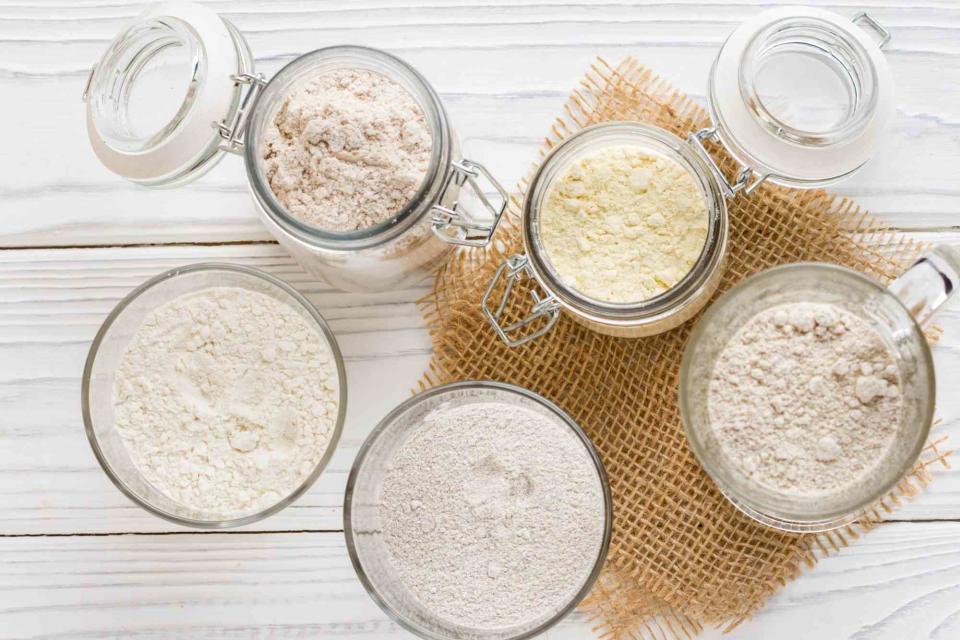
Maria_Lapina/Getty Images
Cut into Your Pie Too Soon
We understand—it is so hard to resist cutting into that golden brown dome of soul-soothing pie right when you pull it out of the oven. But if you don't let it cool completely, all the painstaking steps you took to create the perfect apple pie will be foiled. So, let it come to room temperature and then dig in.

mphillips007 / Getty Images